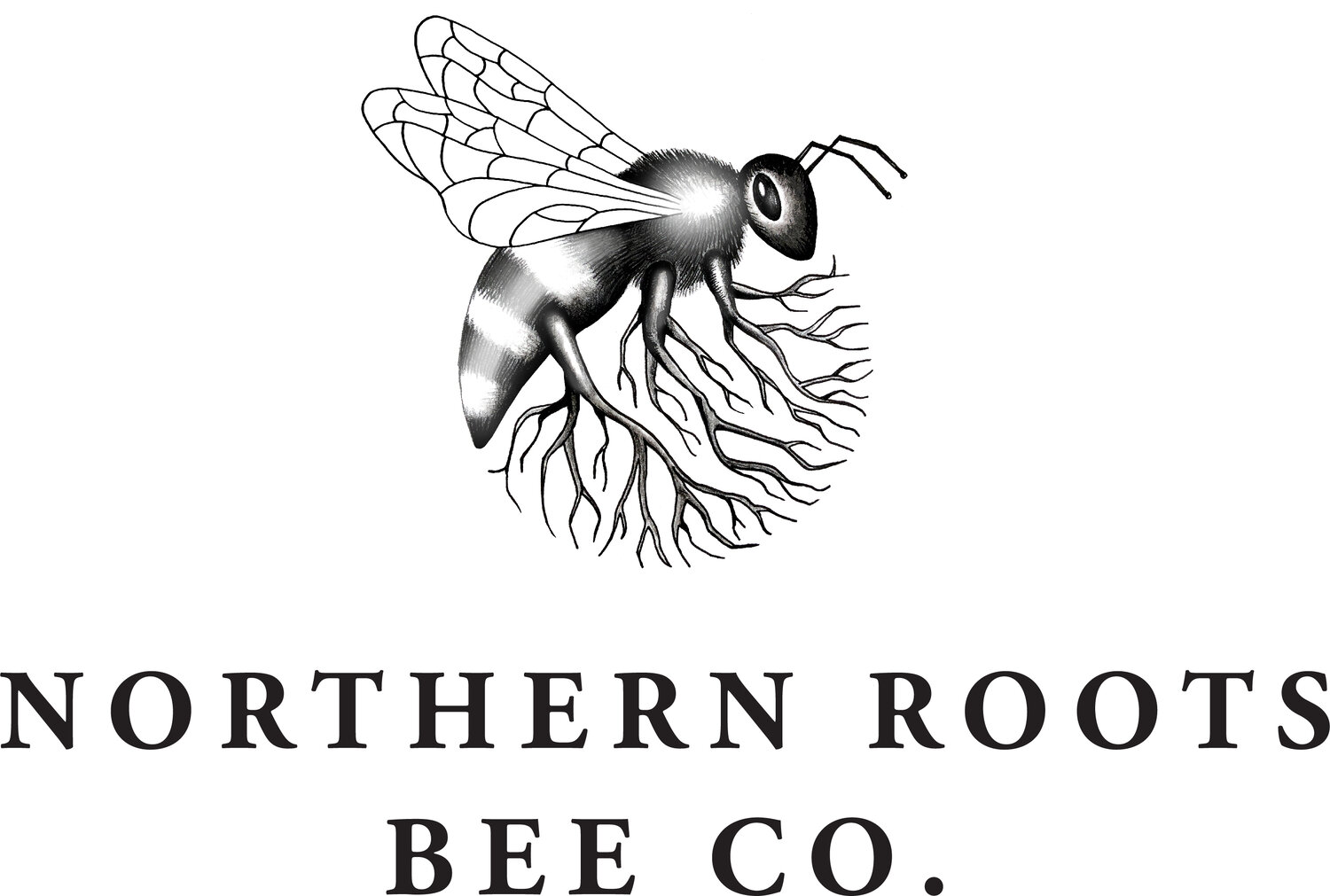Selecting the Best Location for your Hive
Selecting the right location for your hive is crucial for the health of your colony. A well-placed hive can ensure that your bees have access to the best forage, protection from harsh weather, and minimal disturbance. Here are the key factors to consider when choosing a hive location.
Sunlight Exposure
It’s best to place your hive in an area that receives morning sunlight, as this encourages bees to start foraging earlier in the day. Partial afternoon shade is beneficial, especially in hot climates, as it helps prevent overheating during the warm summer days. If full sun is your only option, consider creating a shade structure (it can be as simple as a canopy tent) to provide relief during the hottest part of the day.
Protection from Extreme Weather
A hive that is exposed to strong winds or heavy rain can become unstable and even topple over during storms. We’ve had the outer cover blow off more than once, so now we secure our hives with ratchet straps during winter storms to prevent the top from coming loose. This also helps keep the hive intact if it tips over due to a soft ground after the rains, reducing disruption and potential harm to the bees. Ideally, place your hive near a natural windbreak, such as a fence, hedge, or stand of trees. However, avoid positioning it directly under trees, as falling debris and excessive shade can lead to issues like mold and chalkbrood. During the rainy season, drainage is key to preventing water from pooling around the hive. Tilting the hive slightly forward using shims at the back of the bottom board allows rainwater to drain out rather than collecting inside, which can help prevent mold and fungal diseases.
If you live in an area with excessive rainfall or harsh winters, you might consider placing your hive inside a bee house—a shelter designed to protect the hive from heavy rain, snow, and extreme wind. A well-ventilated bee house can help regulate temperature and moisture levels while still allowing bees to freely come and go. Be sure to provide ample airflow to prevent condensation buildup, which can be harmful to the colony.
Easy Access to Food and Water
Bees need a consistent and diverse source of nectar and pollen to thrive. Ensure your hive is located within a few miles of flowering plants, fruit trees, or wild meadows. Bees can fly up to 6 miles in search of food, so you don’t necessarily need a huge garden for the bees to forage on, though that certainly wouldn’t hurt! Additionally, a reliable water source is essential. If natural water sources are not available nearby, consider providing a shallow water dish with floating materials like cork or pebbles to prevent the bees from drowning.
Hive Stability and Elevation
Ensuring your hive sits on a stable, level surface helps prevent tipping and allows the bees to build their comb correctly. Elevating the hive—such as on a hive stand with feet or cinder blocks—not only improves airflow and reduces moisture buildup but also helps keep predators like skunks and ants at bay. We prefer hive stands with feet since they allow us to apply Tanglefoot if ants become a problem, whereas cinder blocks make applying it more difficult.
Minimizing Human and Animal Disturbance
Choose a location that is away from high-traffic areas, such as walkways, patios, or playgrounds. While honey bees are generally not aggressive, they can become defensive if they feel threatened.
Legal and Neighbor Considerations
Before setting up your hive, check local beekeeping regulations and zoning laws. Providing a natural barrier, like a hedge or fence, can help direct bee flight paths upward and reduce close encounters with neighbors.
Avoiding Pesticide Exposure
Pesticides and herbicides can be highly detrimental to bee health. Avoid placing your hive near areas where chemical treatments are frequently applied, such as large agricultural fields or heavily landscaped lawns.
Conclusion
Choosing the right location for your beehive is one of the most important decisions you’ll make as a beekeeper. Once your hive is established, moving it can be very challenging, so careful placement from the start is essential. Bees have an excellent memory of their hive’s location, and sudden relocations can cause confusion and loss of foragers. The general rule is “three feet or three miles”, meaning you can either move the hive in small increments of a foot or two per day, or relocate it at least three miles away for a few weeks to prevent bees from returning to the original site. Taking time to choose the right spot initially will save you from the hassle of moving the hive later.

